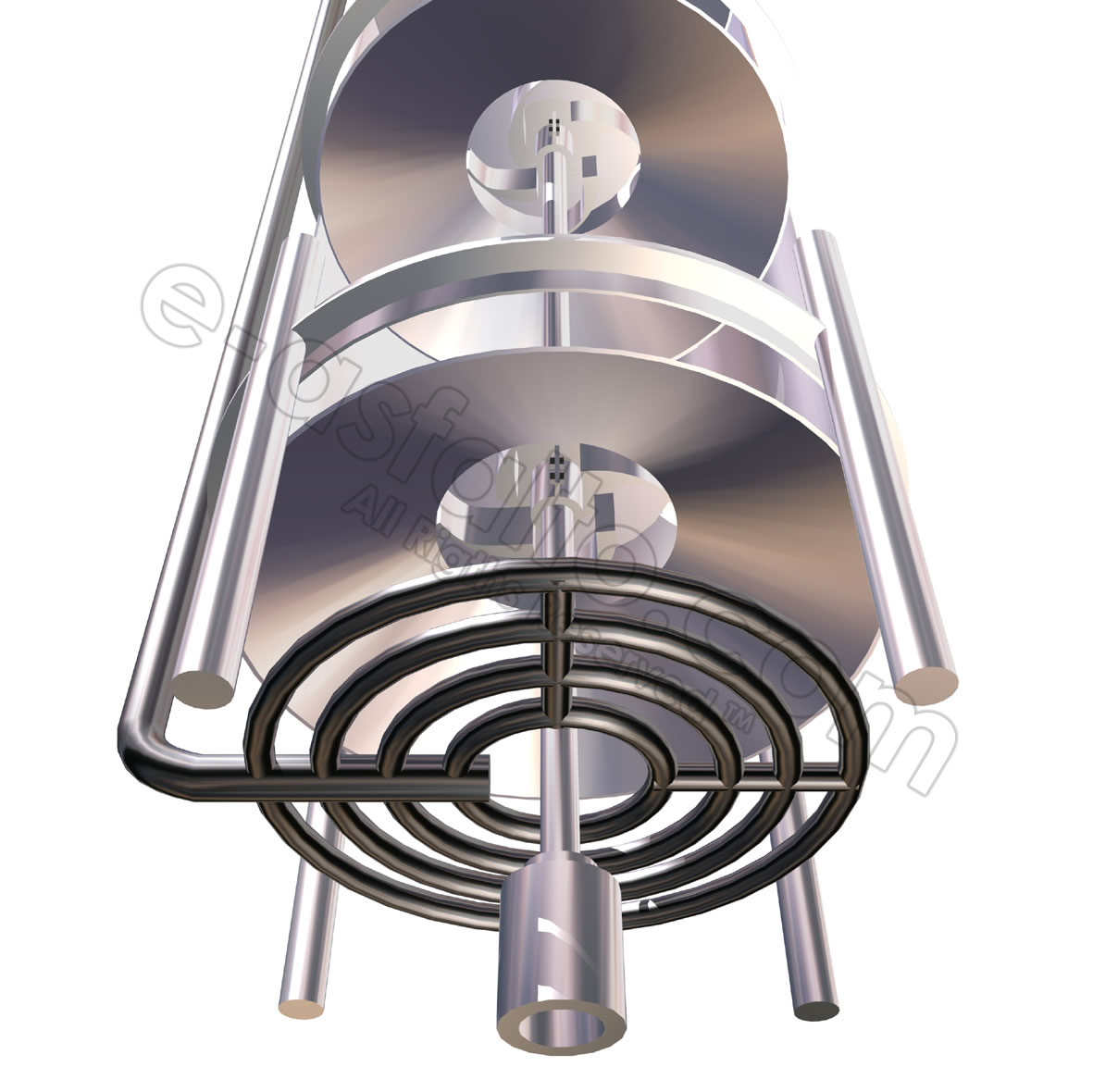|
|
 |
|
model registered © |
| Asphalt Air Blowing Process |
The physical properties of asphalts may further be modified by 'air blowing'. This is an oxidation process which involves the blowing of air through the asphalts, either on a batch or a continuous basis, with the short residue at a temperature of 240°C to 320°C.
| Description of the continuous blowing process |
|
|
 |
|
model registered © |
* the viscosity of the feedstock
* the temperature in the blowing column
* the residence time in the blowing column
* the origin of the crude oil used to manufacture the feedstock
* the air-to-feed ratio
The blowing process dehydrogenates the short residue, resulting in oxidation and
polycondensation, increasing the overall molecular size of the asphaltenes
already present in the feed and forming additional asphaltenes from the maltene
phase. The reaction is exothermic. Therefore close temperature control of this
process is required, which is achieved by regulating the air-to-short residue
ratio in the blowing column.
Fully blown bitumens
Fully blown or oxidised bitumens are produced by vigorous air-blowing of
short residue or short residue blended with a heavy distillate. The position of
the blowing curve is primarily dependent on the viscosity of the feed, ie the
softer the feed the higher the curve. The severity of blowing depends on the
temperature in the column and to a lesser extent on the residence time. Thus by
controlling the viscosity of the feed and the conditions in the column all the
blown grades of bitumen can be manufactured.
Oxidized bitumens
Oxidized bitumens are used almost entirely for industrial applications, eg
roofing, flooring mastics, pipe coatings, paints, etc, and are specified and
designated by both softening point and penetration tests, eg 85/40 is an
oxidized grade bitumen with a softening point of 85+-5 ºC and a penetration of
40 +- 5.
The chemistry of the blowing process
The aim of the blowing process is theformation of asphaltenes. Three
phenomena can be identified:
* Reactions during which the size of the molecules increases; formation of
esters is particularly important; they not only account for about 60% of the
oxygen in blown bitumen but also link up two different molecules and thus
contribute to the formation of material of higher molecular weight; this
mechanism results in an increase in the asphaltene content and a change in the
colloid-chemical constitution and rheological properties of the bitumen
* Reactions during which the size of the molecule is unchanged; formation of
cyclic hydrocarbons by means of dehydrogenation with H2O as a side product
* Reactions during which the size of the molecule decreases; separation of side
branches from the molecules with blown distillate produced as a side product.
e-asphalt.com
will be happy to quote special machines or proyect plant
on receipt of details of composition of the product, etc.
More Information Send Mail to:
info@e-asfalto.com
Copyright © 2005-10 | All Rigths
Reserved. | Home | Buenos Aires Argentina
TELFAX: 005411-4754-9374 / 6351-6288 (whatsapp) / 5931-8727